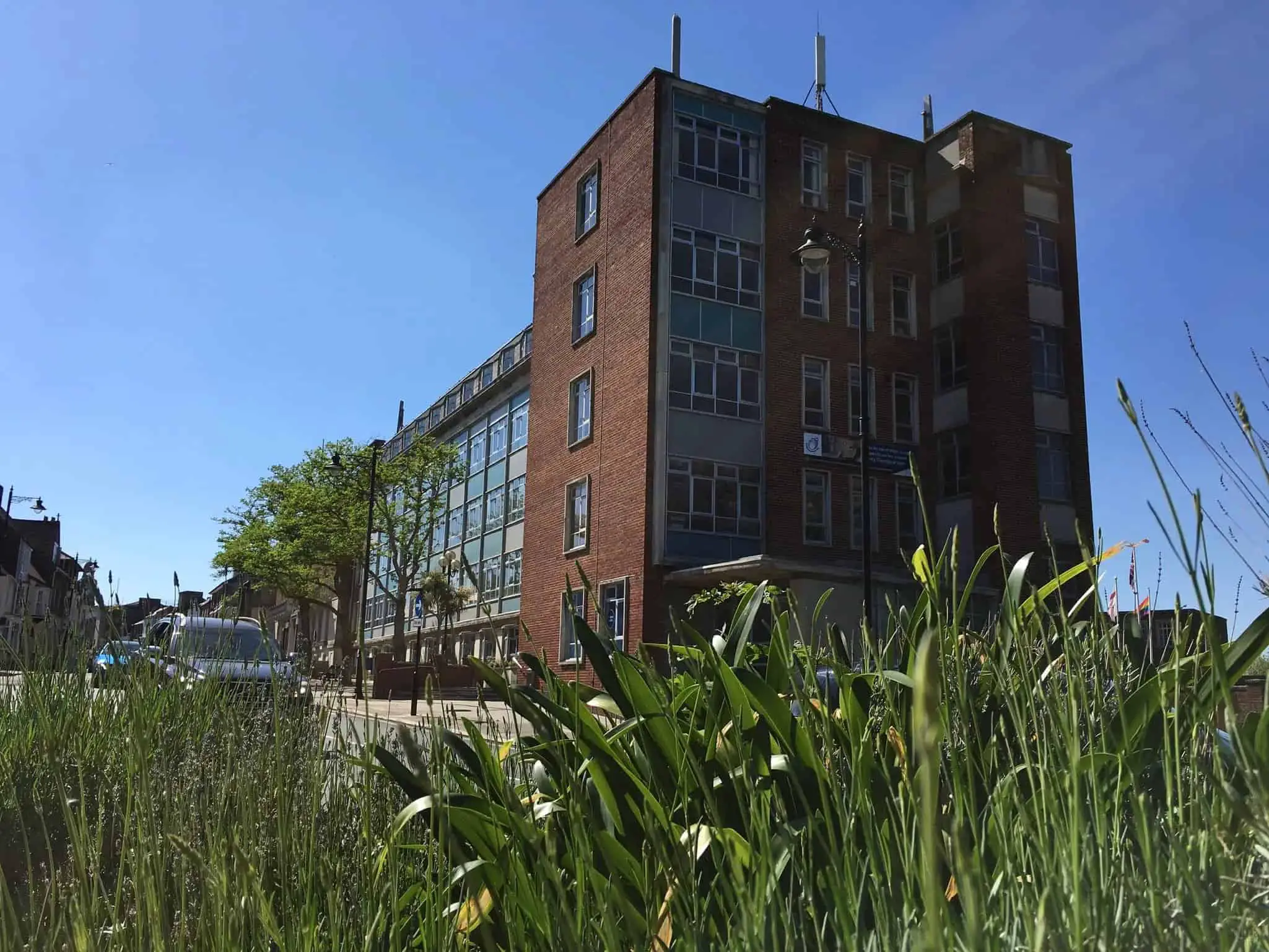An “excellent” Isle of Wight anti-poverty plan was agreed at County Hall yesterday.
The Health and Wellbeing Board approved the Isle of Wight Poverty Reduction Strategy 2024 – 2029, a scheme with three key priorities: targeting support for Islanders currently experiencing poverty, preventing residents from falling into poverty and planning long term support to be delivered in partnership.
Forty-nine organisations were involved in producing the strategy including Aspire, Citizens Advice, Pan Together, the Footprint Trust and the Island’s foodbanks.
Lloyd: We will work collectively to try to address the impacts
Council officer Ian Lloyd said,
“The strategy reflects the fact that we know poverty across the country is difficult at the moment and it reflects all ages.
“Equally, for the Island, as indicated in the strategy, we have data as well to support the impact and needs associated with the Island.
“This doesn’t necessarily specify exactly how it’s going to be resolved and it may be that we cannot resolve all poverty.
“But what we are setting out are the stalls in terms of how we will work collectively to try to address the impacts that are felt through this.”
Sharing the stats
In the plan’s foreword, council leader Phil Jordan and deputy chair of the Health and Wellbeing Board, Dr Michele Legg, said the ‘aftermath’ of Covid-19 combined with increased food and utility bills and scaled back public funding have worsened poverty.
The 35-document (see below) sheds light on a stark state of affairs: 12 Island neighbourhoods are in the top 20 per cent of England’s most deprived areas, foodbanks have seen a 33 per cent increase in use between 2022 and 2023 and in 2021 and 2022, the percentage of children living in poverty increased to 34.2 per cent.
Core priorities
Within each of the strategy’s core priorities, there is information on what is being done now to address poverty and what more can be done.
Under priority one, ‘targeting support for residents experiencing poverty now’, current policies include granting £10.65 million in council tax support and £104,327 in ‘exceptional’ council tax hardship payments.
Among the strategy’s further plans are the continued promotion of welfare support, maintaining cost-of-living advice services and growing the number of children receiving free school meals.
Criticism of photos used
Though labelling the scheme “excellent”, Dr Legg voiced a criticism,
“The photos tend to be glossy showing affluent areas of the Isle of Wight.
“I know it’s difficult to maybe not put affluent pictures in, I just think it’s a little bit disrespectful if we’re talking about a poverty strategy with pretty pictures of for example, Ventnor, and a lovely photo of the Downs with a sunset.
“We’re dealing with really hard issues here which shouldn’t be glossed over with photographs.”
Andre: It’s not an Isle of Wight council strategy – it’s an Island strategy
Councillor Debbie Andre, cabinet member for adult social care and public health, said,
“This is an extensive piece of work and I’d like to thank the officers involved.
“It really has been engaging with all our partners – it’s not an Isle of Wight council strategy – it’s an Island strategy.”
This article is from the BBC’s LDRS (Local Democracy Reporter Service) scheme, which News OnTheWight is taking part in. Some alterations and additions may have been made by OnTheWight. Ed





